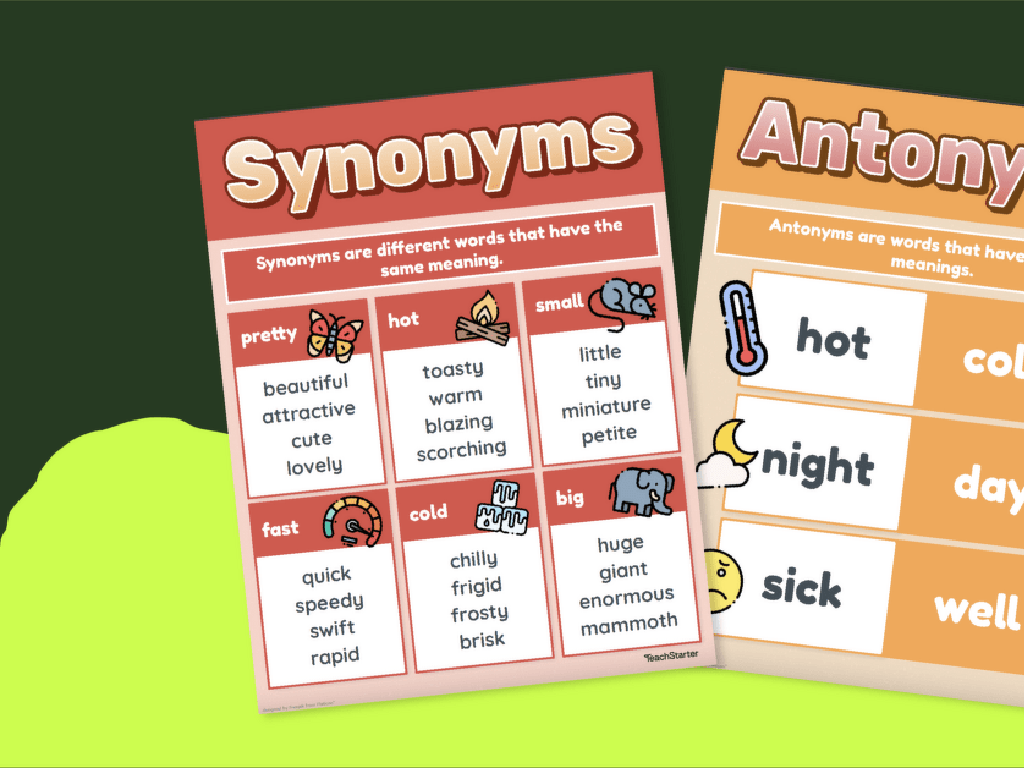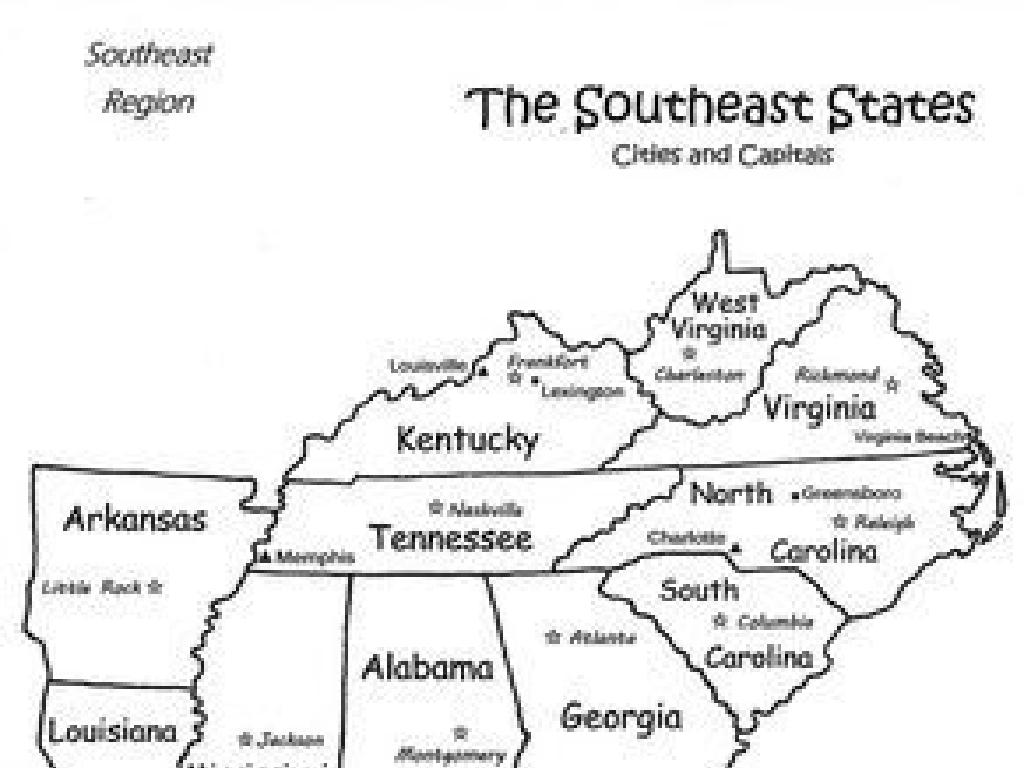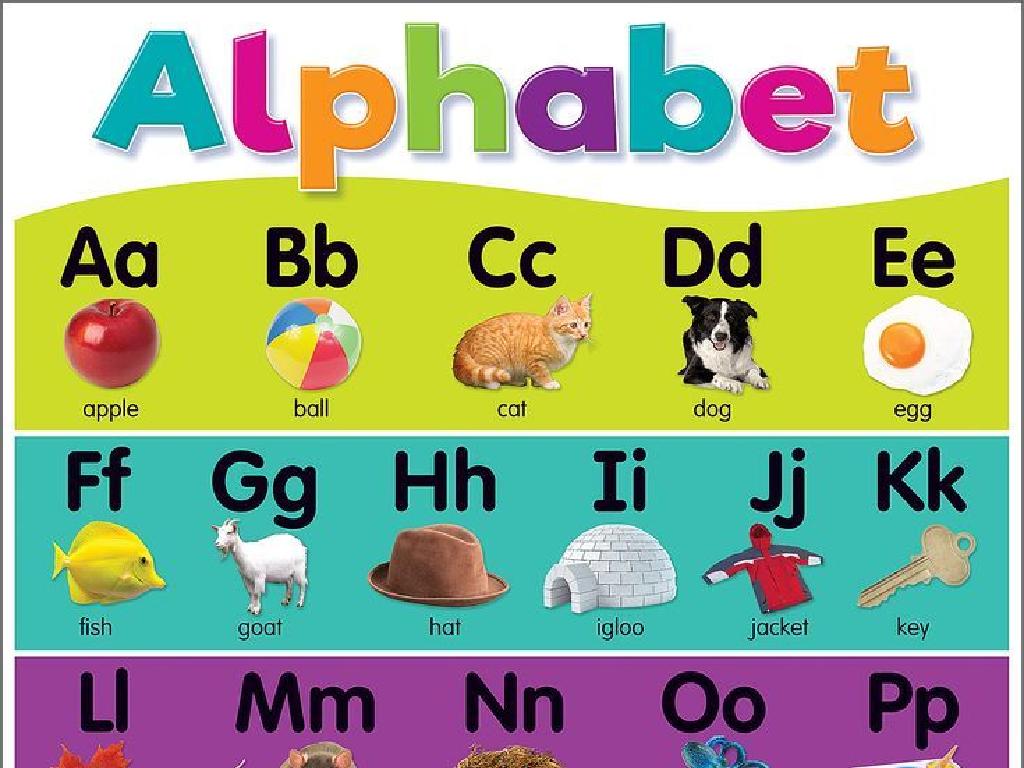Identify How Particle Motion Affects Temperature And Pressure
Subject: Science
Grade: Eighth grade
Topic: Particle Motion And Energy
Please LOG IN to download the presentation. Access is available to registered users only.
View More Content
Particle Motion and Energy: Temperature and Pressure
– Basics of particle motion
– Particles are always moving in matter
– Particle motion’s link to energy
– Faster motion means higher energy
– Temperature: A measure of motion
– Faster particles increase temperature
– Pressure: Particles pushing on surfaces
– More collisions increase pressure
|
This slide introduces the fundamental concepts of particle motion and how it relates to energy, setting the stage for understanding temperature and pressure in substances. Begin by explaining that all particles are in constant motion, which is the basis of particle theory. Clarify that the speed of these particles is directly related to the energy they possess; more energy means faster movement. Then, connect this concept to temperature, defining it as a measure of the average kinetic energy or motion of the particles in a substance. Finally, discuss pressure as the result of particles colliding with the walls of their container, emphasizing that more frequent and forceful collisions lead to higher pressure. This foundational knowledge will help students grasp how changes in particle motion affect temperature and pressure, which is crucial for understanding broader scientific concepts.
Particle Motion and Its Effects
– Matter consists of particles
– Particle motion relates to energy
– Particles move faster with more energy
– Temperature indicates particle speed
– Higher temperature means faster particles
– Understanding pressure and motion
– Pressure increases as particles move faster
|
This slide introduces the concept of particle motion and its relationship with temperature and pressure, which is fundamental in understanding thermodynamics. Emphasize that all matter is composed of particles that are in constant motion. The speed of these particles is directly related to the energy they possess; the more energy, the faster they move. Temperature is a measure of the average kinetic energy, or speed, of the particles in a substance. As temperature increases, particles move faster. This increase in particle speed leads to an increase in pressure, which is the force exerted by particles colliding with the walls of their container. Use examples like a heated gas in a balloon to illustrate how temperature affects particle motion and pressure. Encourage students to think about how a refrigerator keeps food cold by slowing down particle motion.
Exploring Temperature and Particle Motion
– Temperature measures particle energy
– Average kinetic energy of particles determines the temperature
– Thermometers gauge temperature
– Different types of thermometers are used to measure temperature accurately
– Temperature’s effect on water
– Water can exist as ice, liquid, or steam based on temperature
– Understanding states of matter
|
This slide introduces the concept of temperature as a measure of the average kinetic energy of particles. Emphasize that kinetic energy is the energy of motion, and temperature is an indicator of how fast particles are moving. Discuss how thermometers work and the importance of accurate temperature measurement. Use the example of water transitioning between solid, liquid, and gas to illustrate how temperature affects particle motion and the state of matter. Explain that at low temperatures, particles move slowly and form solid ice, at moderate temperatures, they move faster and create liquid water, and at high temperatures, they move very rapidly, resulting in gaseous steam. This example will help students visualize the relationship between temperature, particle motion, and pressure.
Pressure: The Result of Particle Motion
– Particles colliding with container walls
– When particles hit the container’s sides, pressure is exerted.
– Frequent and forceful collisions raise pressure
– More collisions and harder impacts mean more pressure.
– Temperature rise increases pressure
– Heating a container makes particles move faster, causing more collisions.
– Closed container: a case study
– Example: Heating a sealed soda can increases the pressure inside.
|
This slide explains how particle motion affects pressure within a container. Pressure is the result of particles colliding with the container’s walls. The frequency and force of these collisions determine the level of pressure. When the temperature of a gas in a closed container is increased, the particles gain energy and move faster, leading to more frequent and forceful collisions, thus increasing the pressure. An everyday example is a sealed soda can: when heated, the pressure inside the can increases, which can sometimes lead to the can exploding if the pressure becomes too high. This concept is fundamental in understanding the behavior of gases and the principles of thermodynamics.
Temperature and Pressure: Understanding Their Relationship
– Temperature rise increases particle motion
– Particles move faster and spread apart, causing more collisions and raising pressure
– Introduction to Gay-Lussac’s Law
– It states that pressure of a gas is directly proportional to its temperature
– Real-world applications
– Engines and weather balloons rely on this principle for efficient functioning
– Significance in science and technology
– Grasping this concept is crucial for advancements in various fields
|
This slide aims to explain the direct relationship between temperature and pressure as described by Gay-Lussac’s Law. As the temperature of a substance increases, the particles gain energy and move more rapidly. This increased motion results in more frequent and forceful collisions with the container walls, leading to an increase in pressure. Understanding this relationship is vital for students as it has practical implications in everyday technology, such as the operation of engines and the functioning of weather balloons. Highlight the importance of this concept in scientific and technological advancements, and encourage students to think of other examples where temperature and pressure are related.
Class Activity: Observing Particle Motion
– Conduct a balloon experiment
– Predict temperature effects on pressure
What do you think will happen to the balloon when heated?
– Observe changes during heating
Watch the balloon expand as it gets warmer
– Record observations of cooling
Note the size difference when the balloon cools down
|
This activity is designed to help students understand the relationship between temperature and pressure in gases. Before the experiment, ask students to predict the outcome based on their knowledge of particle motion. As the balloon is heated, particles inside move faster and spread apart, causing the balloon to expand. When cooled, the particles slow down and come closer, making the balloon shrink. Have students record their observations and discuss how temperature affects particle motion and pressure. Possible activities: 1) Measure balloon circumference at different temperatures, 2) Compare balloons with different amounts of air, 3) Heat balloons in water baths of varying temperatures, 4) Cool balloons in a refrigerator or with ice packs.
Particle Motion: Temperature and Pressure Recap
– Particles move faster at higher temperatures
– As temperature rises, kinetic energy increases causing particles to move more vigorously
– Increased motion raises pressure in a closed system
– More collisions against container walls increase the pressure
– Understanding these concepts is crucial for science
– Let’s review and clarify any doubts
– Any questions on how particle motion relates to temperature and pressure?
|
This slide aims to summarize the relationship between particle motion, temperature, and pressure. Emphasize that as temperature increases, particles gain kinetic energy and move more rapidly, which can lead to an increase in pressure, especially in a closed system. Highlight the importance of understanding these concepts as they are fundamental to various scientific fields, including physics, chemistry, and engineering. Conclude the presentation with a Q&A session to address any uncertainties students may have, ensuring they have a solid grasp of how particle motion affects temperature and pressure.
Homework: Particle Motion in Action
– Research pressure cookers’ function
– Write a paragraph on temperature and pressure
How do pressure cookers show the link between temperature increase and pressure rise?
– Study for a quiz on particle motion
– Understand energy’s role in particle behavior
|
This homework assignment is designed to help students apply their understanding of particle motion to real-world applications, such as the functioning of a pressure cooker. They should explore how increased temperature can lead to increased pressure, which is a key principle in the operation of pressure cookers. Additionally, students need to prepare for a quiz that will test their knowledge of particle motion and energy. Encourage them to review their class notes, read relevant textbook sections, and think critically about how particle motion affects both temperature and pressure. This will not only prepare them for the quiz but also deepen their understanding of the subject matter.






